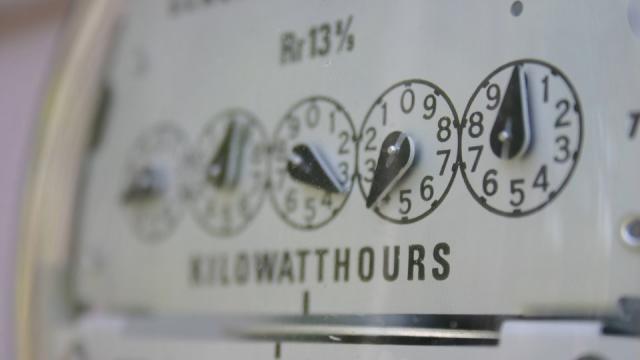Winter has just ticked over to spring, but that doesn’t mean it’s suddenly warm outside: the heater, electric blanket or fire might still be on. Even if you’re not trying to stay warm, you can still waste energy: you don’t have to be a glutton to waste energy — many homeowners with good intentions still end up blowing money this time of year. Here’s a look at a 16 common mistakes folks make — and some quick fixes and long-term solutions to keeping a home’s systems running as efficiently and inexpensively as possible.
1. Not covering leaky windows and patio doors.
Single pane windows let cold air infiltrate into the house. So do windows and doors that aren’t sealed properly. A fast, inexpensive solution is to cover windows and patio doors with a clear sheet of plastic. You can cover five windows for about $20.
2. Using CFLs everywhere.
Everyone knows that compact fluorescent light (CFL) bulbs consume less energy, but that doesn’t mean they’re always the best choice. “They’re really not made to be turned on and off repeatedly,” says Brian Winters, co-owner of Winters Electric, Inc., in Colorado Springs. “They are designed to be turned on and left on.” Constantly turning them on and off, like in a bathroom or hallway, can shorten their lifespan. “They make more sense outside where you’re leaving on a light from dusk until dawn.”
3. Overlooking LEDs.
Light-emitting diodes (LEDs) are sometimes a better choice than CFLs. They don’t contain mercury, aren’t affected by frequency of use, and use less energy than CFLs. Plus, some pretty appealing products are hitting the market.
4. Not insulating outlets and wall switches.
There’s probably not much, or maybe any, insulation behind the outlet boxes in your exterior walls. To stop cold air from leaking through, remove the cover plates, place a piece of foam insulation over the outlet or switch, then reattach the cover. You can buy 10 foam pieces for only $2.
5. Leaving holes unfilled.
Holes in exterior walls and floors for plumbing pipes, vents and electrical conduits can let outside air into the house. Fill the gaps and holes with sealant.
6. Using incandescent bulbs without a dimmer.
Dimming incandescents reduces the amount of electricity they use. “The bulbs last longer and use less energy,” Winters says.
7. Keeping worn out door seals.
Even with adequate caulking, doors can still be drafty when the weatherstripping wears out. Pull off the old strip, then install new weatherstripping with staples or small nails.
8. Letting warm air escape through the manhole-hatch.
Weatherstripping is useful beyond just sealing doors and windows. The foam strips can also seal attic access doors. While you’re at it, attach insulation to the roof crawlspace=side of the door. This keeps the air you’re paying to heat or cool from escaping up the hatch.
9. Not replacing loose caulk.
While you’re weatherstipping doors and windows, you might notice some loose, cracked caulk around those opening’s perimeters. Use a putty knife or an oscillating tool’s scraper to remove the old caulk around the exterior of doors and windows, then seal around them with the appropriate weatherproofing caulk recommended for the material.
10. Under utilising your ceiling fan.
A ceiling fan keeps air circulating. In the winter, the fan pushes the warm air down from the ceiling to help keep your warm.
11. Leaving a gap under your front door.
Some door thresholds are adjustable by turning a few screws. If you can see daylight under your door when it’s closed, raise the threshold, but not so much that there’s friction when closing the door.
12. Leaving a gap under your garage door.
If your garage door doesn’t close flat and level across the garage floor, cold air, leaves and rain water can blow inside. Place a flexible garage door weatherstrip across the floor to provide an air-tight seal.
13. Allowing indoor air to escape up the chimney.
Most chimney dampers don’t provide an air-tight seal, and they allow cooled or heated air to leak out up the flue. A chimney balloon provides a solution — inflates to create a seal, and it’s much easier than installing a new damper. It’s quick and easy to remove and install, and if you forget it and light a fire, it’ll fall out on its own. Word of caution — removing an inflated balloon is messy.
14. Letting the water run while shaving.
This wastes hot water and the energy to heat it — that’s true all year long.
What tips did we miss?
Image credit: Heath Oldham / Shutterstock.
